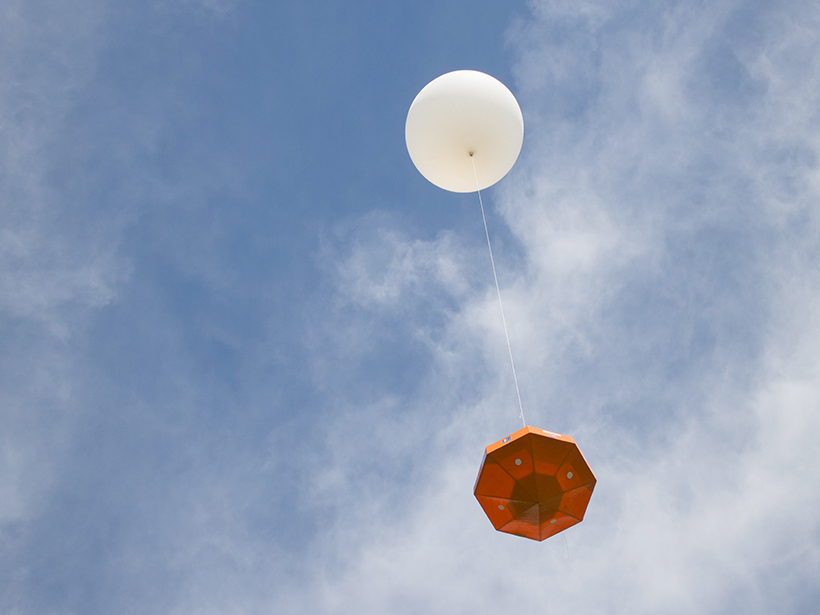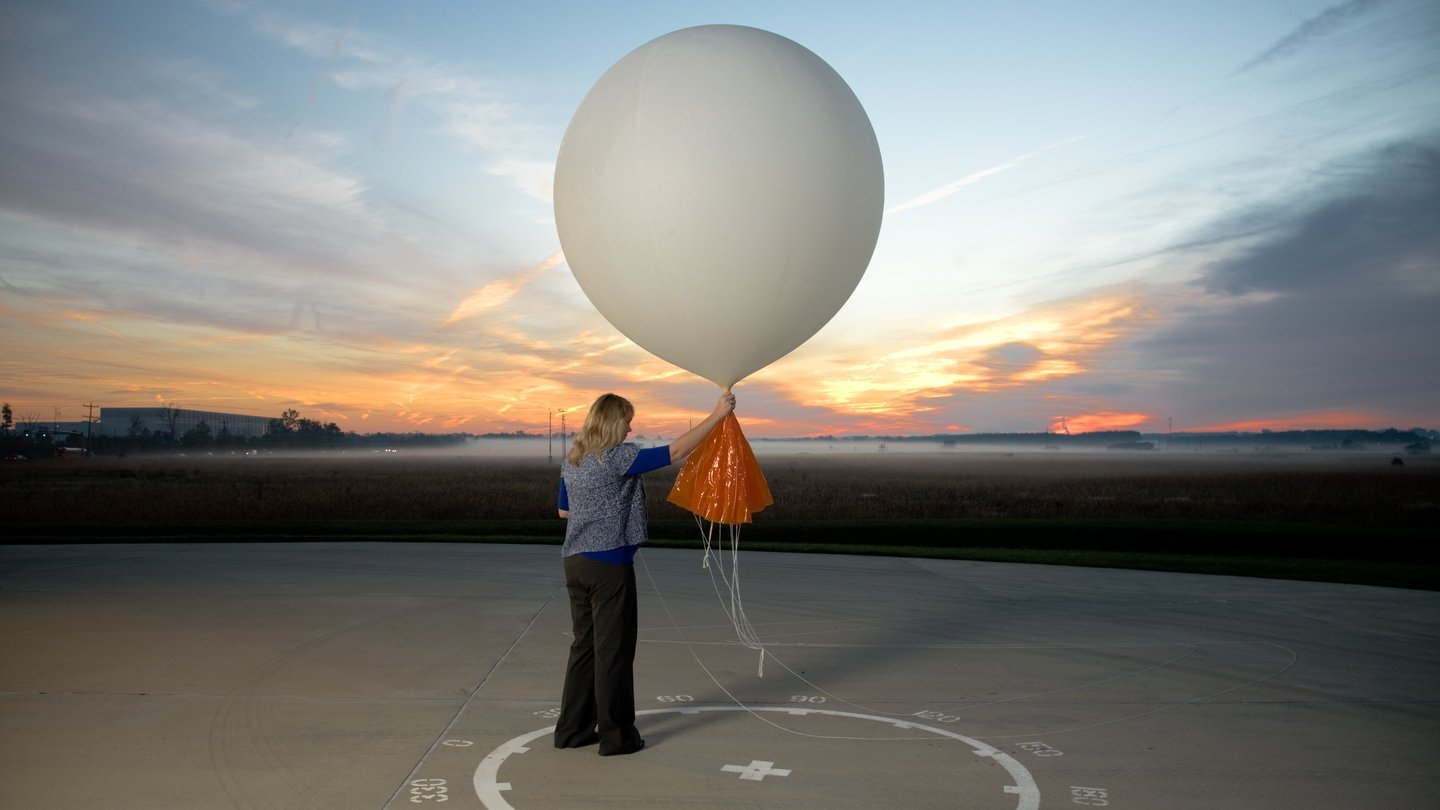Well, let me tell ya somethin’, young folks. You know them big ol’ balloons that float up in the sky? Them are weather balloons! Not them little ones we get at the fair, mind you, but big ones, about 4 or 5 feet wide. They’re made of rubber, or some kind of stretchy stuff like latex, and they got a real important job. They carry instruments up into the sky to measure things like wind, temperature, pressure, and humidity. Real fancy stuff, but I’ll try to explain it in simple terms for ya.

Now, why would you wanna send a balloon up in the air to do all this fancy measuring? Well, it helps scientists understand the weather better. You see, when you let one of these balloons go, it floats way up high in the sky, higher than any kite you ever flew as a kid. And as it goes up, it collects all sorts of information about the air. This information can tell us about the weather and even help predict storms and how the temperature’s gonna change. So, it’s pretty darn important, especially if you’re livin’ somewhere where the weather’s always changin’!
But what does this all have to do with school, you ask? Well, kids can get in on the action too! You don’t need to be a grown-up scientist to play around with weather balloons. In fact, schools use these balloons for all sorts of experiments to teach students about science. It’s a hands-on way to learn about the atmosphere and weather patterns. So, if you’re a student, or got a young’un at home, listen up, ‘cause I’m gonna tell ya a few simple ways you can try it out yourself!
- Balloon Lift-Off Experiment: This is one of the easiest and most fun things to try. You just need a balloon, some tape, and a little bag of stuff to tie to the balloon. When you fill up the balloon with air, watch it float away. You can attach a little pressure sensor or thermometer to it, and watch how the temperature and pressure change the higher the balloon goes. It’s real neat to see how the weather changes up high!
- Pressure and Temperature Changes: Now, this one’s simple but good for getting a feel for how weather works. You’ll need a little barometer to measure air pressure and a thermometer to measure temperature. Let the balloon rise, and check how the temperature and pressure change as it gets higher. You’ll see how the air up there ain’t the same as down here on the ground!
- Virtual Ballooning: Now, if you can’t get your hands on a real weather balloon, don’t fret. There are these fancy virtual programs online where you can explore how balloons float through the atmosphere and measure stuff like wind speed, pressure, and temperature. It’s like a video game, but you’re learning about the weather too!
All these experiments help show young folks how weather balloons work and how important they are to understanding the world around us. Ya see, weather balloons don’t just float around for no reason—they got a big ol’ job to do. They’re up there collectin’ data that helps weather stations predict what the weather’s gonna do tomorrow, or next week. Without them, we wouldn’t know half of what we do about the weather!
And the best part? These experiments don’t need a whole lot of fancy stuff. You can start with just a regular balloon and some simple gadgets like a thermometer or pressure gauge. You don’t even need to go out and buy special equipment—just use what you got around the house or in the classroom. That’s how us old-timers used to do it, makin’ do with what we had!
So, if you got a kid in school or you’re lookin’ to learn somethin’ yourself, try one of these weather balloon experiments out. It’s fun, educational, and maybe you’ll be learnin’ somethin’ new about the weather! I reckon we could all use a little more knowin’ about what’s goin’ on up in them skies.

Tags:[weather balloon, student experiments, weather experiments, science education, weather balloon projects, hands-on science, atmosphere study]
